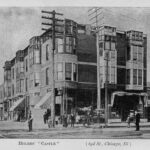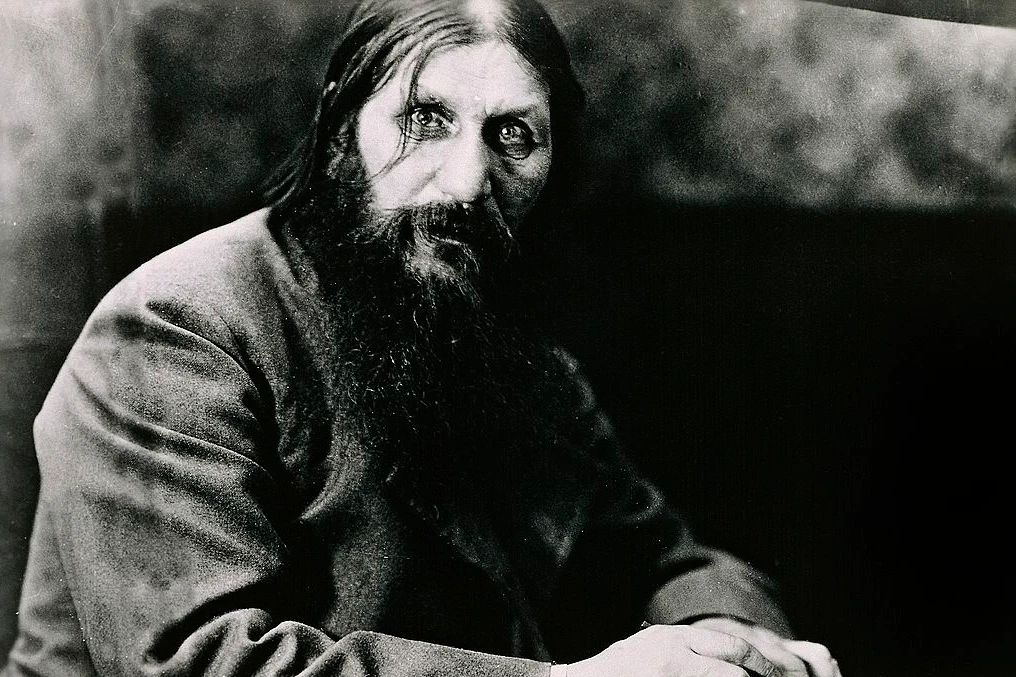
Some historical figures are controversial. Some are fascinating. And then there’s Grigori Rasputin, a man so deeply wrapped in legend that it’s hard to separate fact from fiction.
Was he a healer or a fraud? A prophet or a con artist? A holy man or a sex-crazed mystic with hypnotic powers?
One thing is certain—he was powerful enough to shake the Russian Empire to its core.
From his humble peasant beginnings in Siberia to his meteoric rise as the Tsar’s most trusted advisor, Rasputin became one of the most divisive figures in Russian history. His influence over Empress Alexandra led to conspiracies, assassination plots, and ultimately, his own brutal murder—which somehow only made him even more legendary.
Then there are the myths. The wild, ridiculous, yet strangely persistent stories that refuse to die:
- Did he have an affair with the Empress?
- Was he really part of a sex cult?
- Did his severed penis end up in a jar?
- Did he actually survive being poisoned, shot, and drowned?
Let’s dive into the true story behind Rasputin—and the incredible myths that made him immortal.
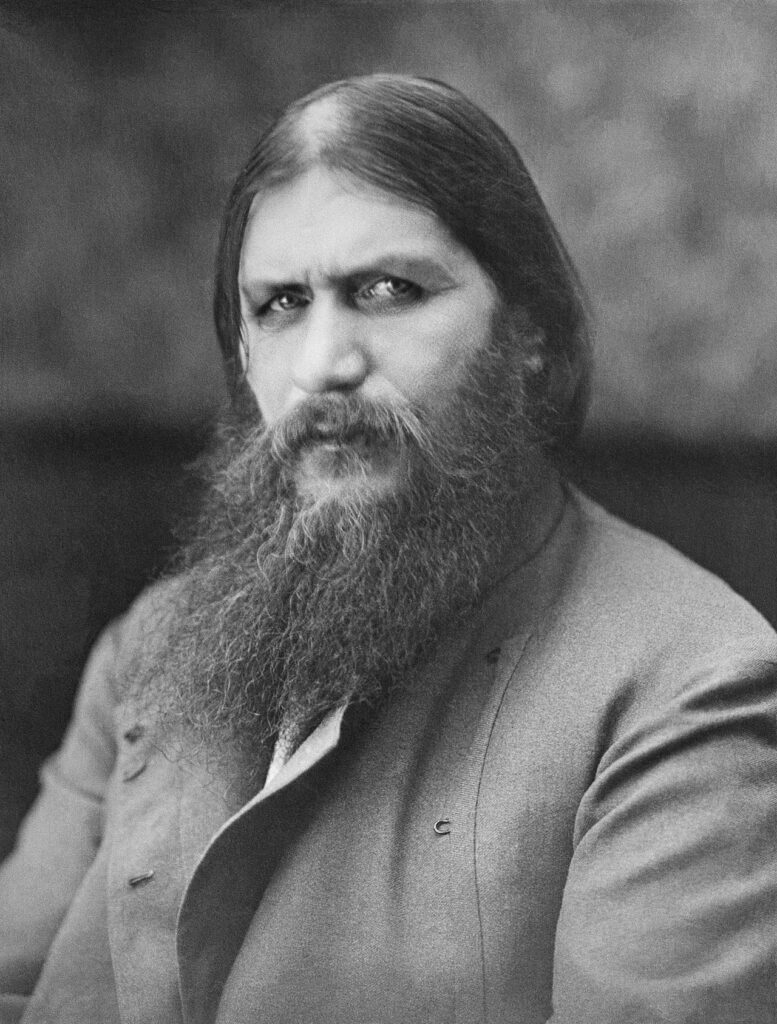
Humble Beginnings: From Siberian Peasant to “Holy Man”
Grigori Yefimovich Rasputin was born on January 21, 1869, in the remote Siberian village of Pokrovskoye. His family was poor, uneducated, and deeply religious.
By all accounts, Rasputin was a troublemaker in his youth—drinking, stealing, and constantly getting into fights. There were even rumors of horse theft, though there’s no evidence he was ever charged.
Then, in 1897, something changed.

At 28 years old, married with children, Rasputin suddenly left his home and went on a religious pilgrimage.
Some say he had a spiritual vision. Others believe he was fleeing punishment for a crime. Whatever the reason, he returned to his village a completely different man.
Gone was the rowdy, drunken troublemaker—in his place was a self-proclaimed holy man, dressed in rags, with piercing eyes and an aura of mystery.
People started to believe he had divine powers.
And so began Rasputin’s journey from unknown peasant to the most powerful mystic in Russia.
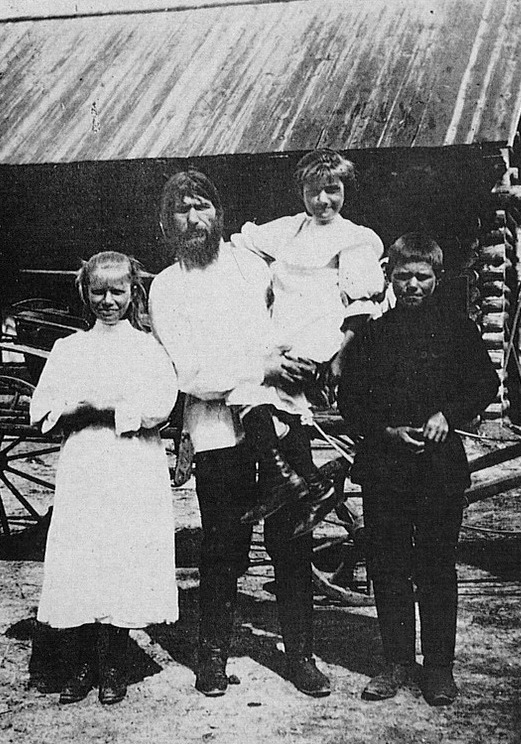
Rasputin’s Rise: The Tsar’s “Miracle Worker”
By the early 1900s, Rasputin’s reputation as a healer and spiritual guide had spread beyond Siberia. He made his way to Saint Petersburg, where he captivated religious and political leaders with his intense stare and mysterious charisma.
In 1905, he was introduced to Tsar Nicholas II and Empress Alexandra—and his life changed forever.
At first, he was just another religious curiosity for the royal family. But soon, Rasputin’s greatest opportunity arrived—in the form of the Tsar’s gravely ill son, Alexei.
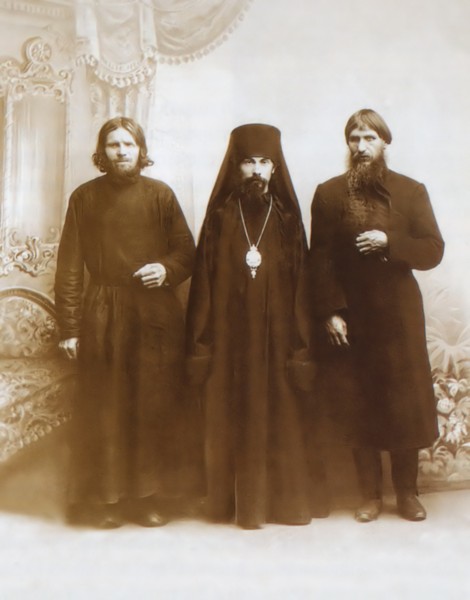
Did Rasputin Really Heal the Tsarevich?
Alexei, the heir to the throne, suffered from hemophilia, a genetic disorder that made even small cuts or bruises potentially fatal.
Doctors had no cure. Alexandra, desperate for anything that could help, turned to Rasputin.
And something strange happened.
Whenever Rasputin prayed over Alexei, the boy’s condition seemed to improve.
- Some say it was hypnosis.
- Others think he simply told Alexandra to stop giving Alexei aspirin—which unknowingly made his condition worse because it thinned his blood.
- Or maybe it was sheer luck.
Whatever the case, the Empress was convinced that Rasputin was a miracle worker.
And from that moment on, his influence over the royal family was unstoppable.
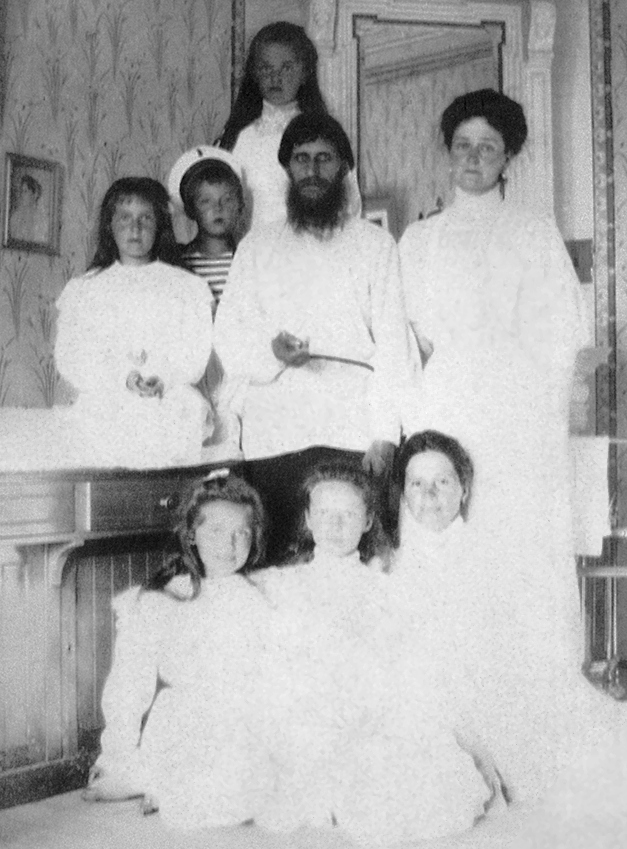
The Rumors and Scandals: The “Mad Monk” Takes Over
As Rasputin’s power grew, so did the backlash.
Many saw him as a manipulative fraud who had too much control over Alexandra. Others believed he was involved in wild orgies, bizarre rituals, and even had hypnotic powers.
Here are the most outrageous rumors that spread like wildfire:
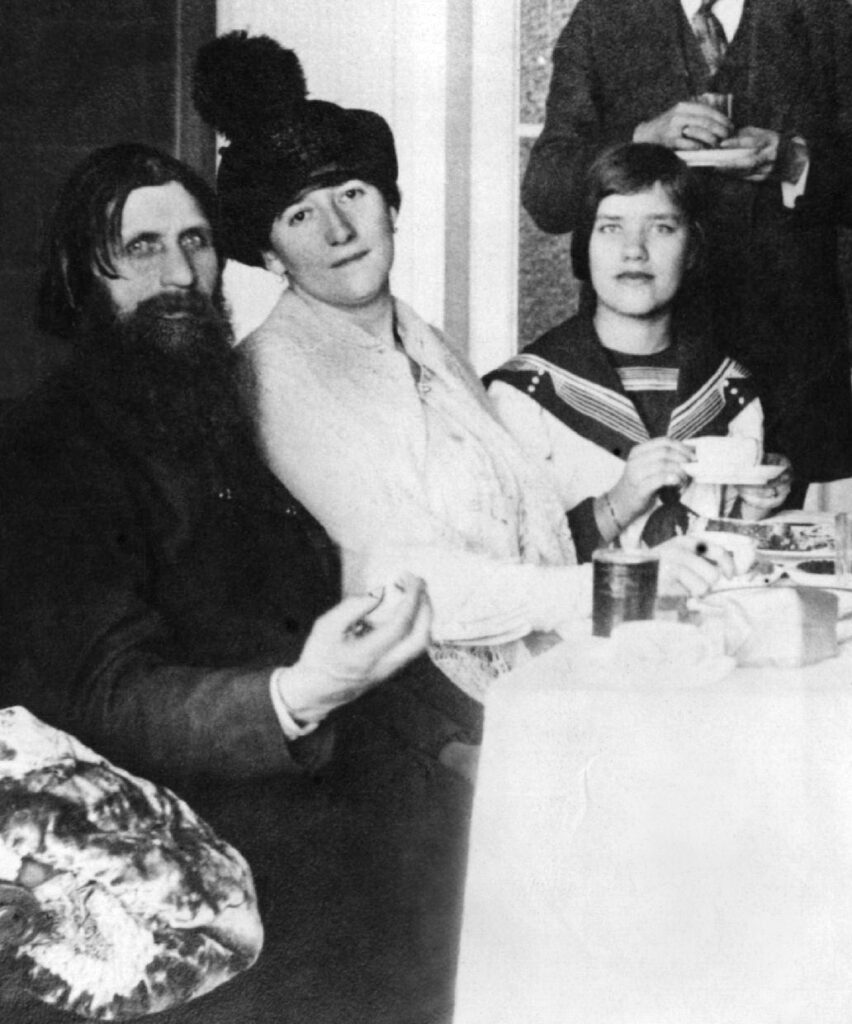
1. Did Rasputin Sleep with Empress Alexandra?
There’s zero historical evidence that Rasputin and Alexandra had a romantic relationship. But at the time, many believed they were secret lovers.
- Alexandra wrote affectionate letters to Rasputin, calling him “Our Friend.”
- His enemies spread crude, pornographic cartoons of him in bed with the Empress.
- His influence over her was so strong that many assumed there had to be something more.
Reality? She probably just saw him as a holy man who saved her son. But the scandal stuck.
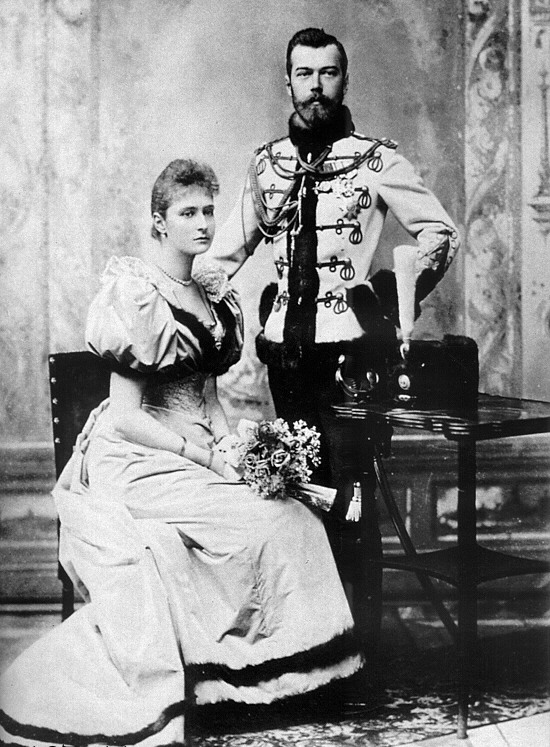
2. Was Rasputin Part of a Sex Cult?
Rasputin surrounded himself with adoring female followers. Some claimed he seduced noblewomen under the guise of “spiritual healing.”
Some even linked him to the Khlysty sect, a radical religious group rumored to practice self-flagellation and ritualistic orgies.
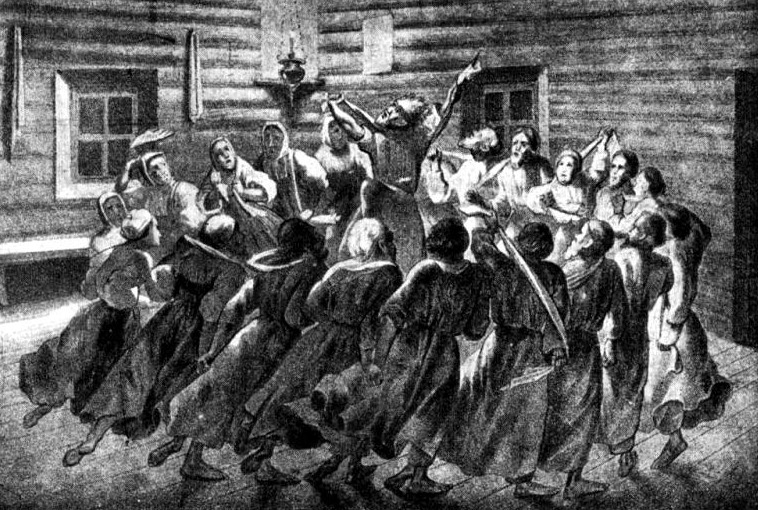
But no evidence directly ties him to them.
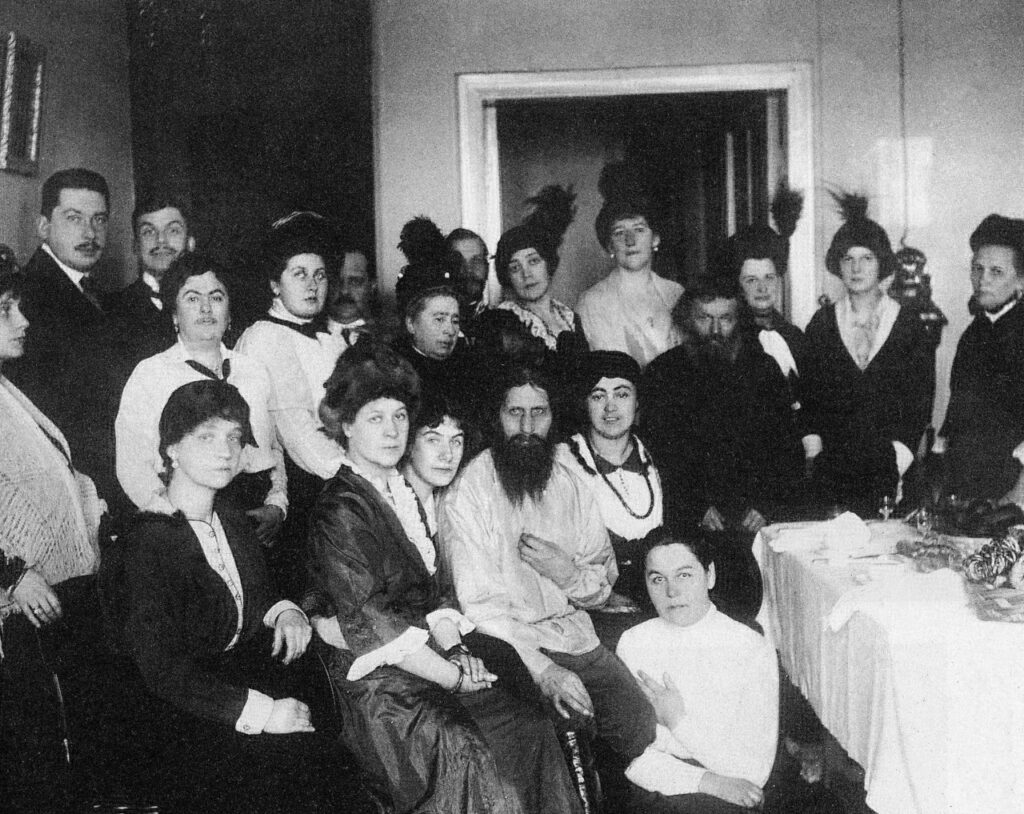
3. The Penis in a Jar: Rasputin’s Most Infamous Myth
Perhaps the strangest Rasputin legend is the story of his severed penis.
- Some say his killers cut it off after his murder.
- Others claim a group of aristocratic women worshipped it as a fertility relic.
- Today, a “Rasputin penis” is supposedly on display in a St. Petersburg museum.
Experts, however, aren’t convinced—one historian bluntly stated:
“It’s more likely a sea cucumber than Rasputin’s penis.”
But the myth refuses to die.
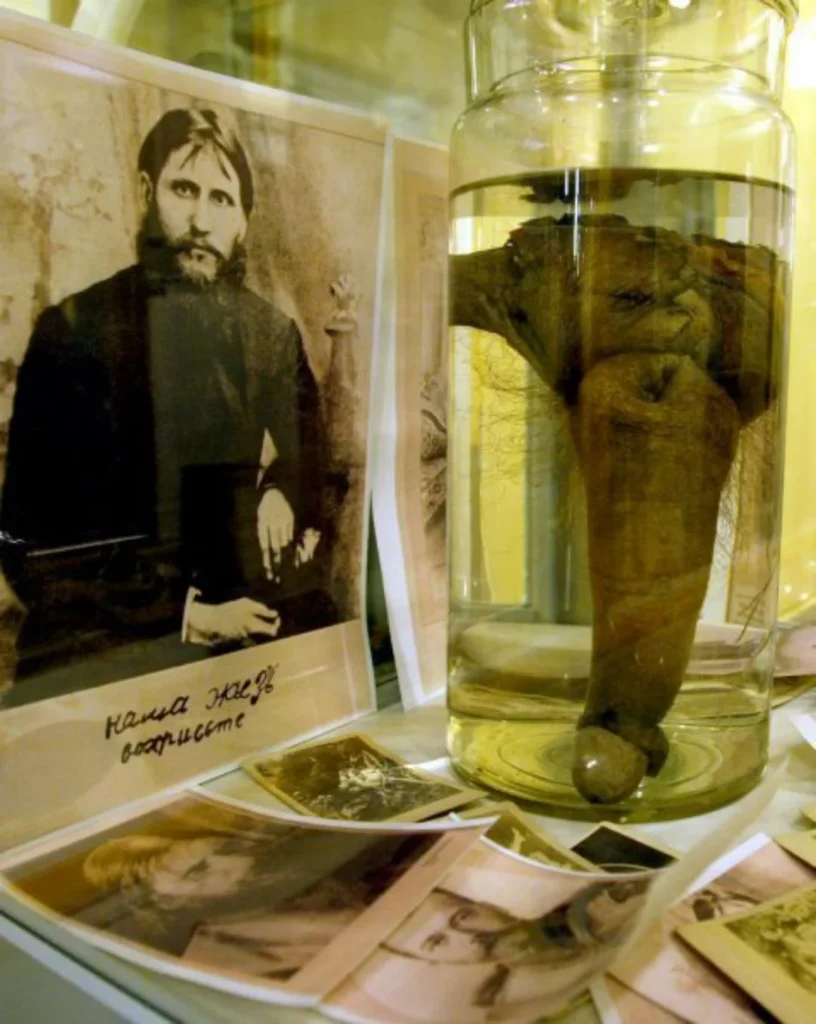
The Assassination: The Man Who Wouldn’t Die
By 1916, Rasputin’s influence had become too dangerous. A group of Russian noblemen, led by Prince Felix Yusupov, decided he had to go.
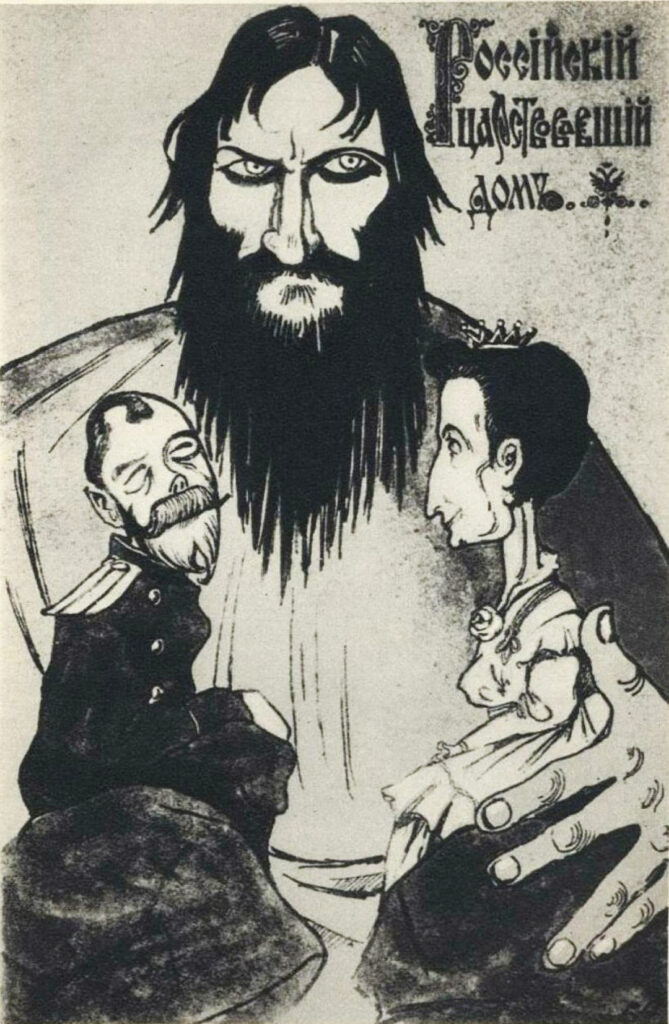
What happened next became one of history’s most infamous murder stories:
- They poisoned him with cyanide. He didn’t die.
- They shot him. He collapsed—but got back up.
- They shot him again. Still alive.
- They finally dumped him into the freezing Neva River.
Some say when his body was found, water was in his lungs—suggesting he actually drowned.
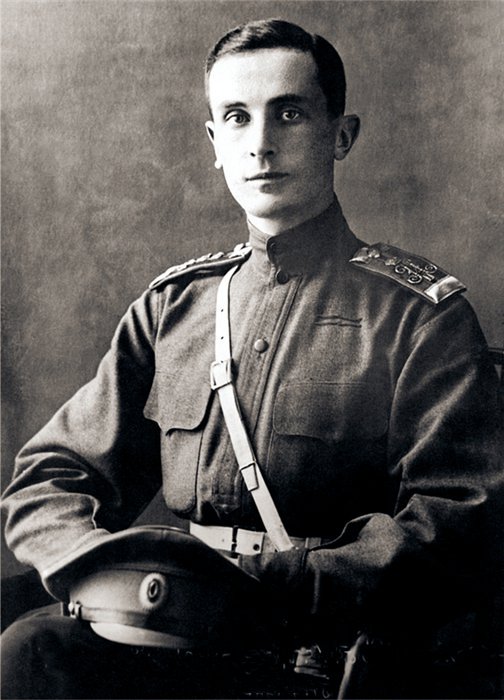
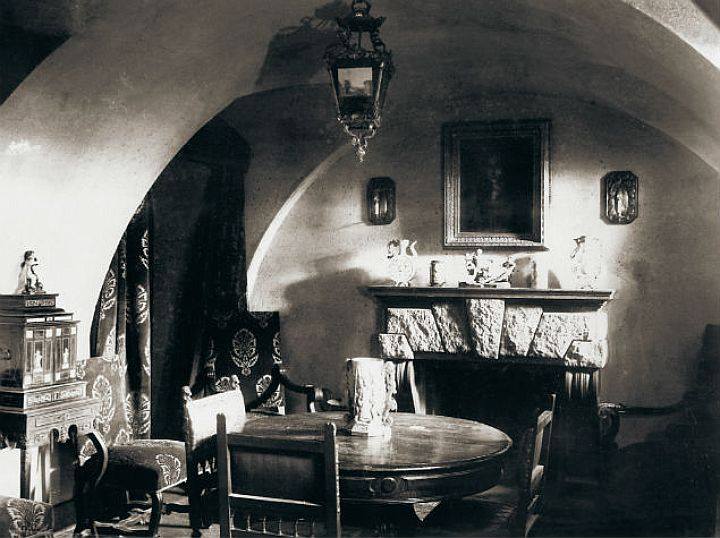

Modern historians debunk most of this story—he likely just died from a gunshot wound. But as always, the myth was too good to let go.
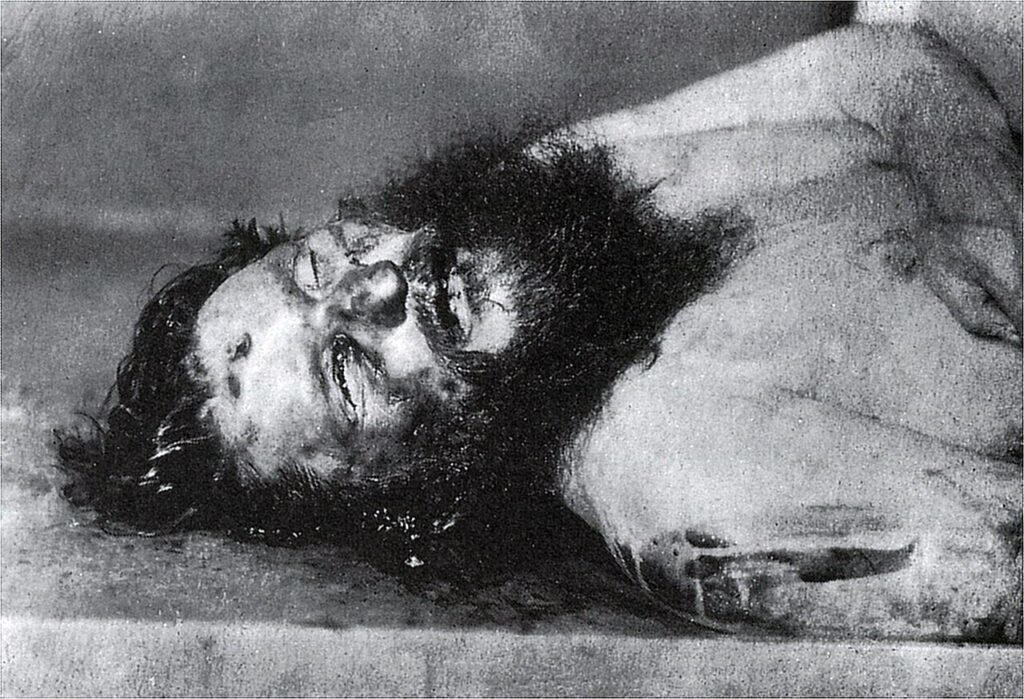
Rasputin’s Death, The Fall of the Romanovs, and His Prophecy
Just two months after Rasputin’s murder, the Russian Revolution began.
The Tsar abdicated. The royal family was imprisoned. By 1918, the entire Romanov family was executed.
Rasputin had predicted this, writing before his death:
“If I am killed by common men, you will rule for many more years. But if I am killed by your own, you and your children will not survive.”
Was it a lucky guess? Or was Rasputin right all along?
Even in death, the legend of Rasputin only grew stronger.
Because you can kill a man. But you can’t kill a myth.
Featured image credits: History Extra




